Pork is one of the most widely used types of meat in world. It is distinguished by its incredible and rich taste, as well as a universal function in the preparation of various dishes.
Pork tenderloin is the most tender and delicate part of pork. The tenderloin comes from the area around the ribs of the pig and is characterized by its excellent taste and texture.
Preparing pork tenderloin can be an art if the ideal texture and taste are achieved when roasting. Here are some subtleties and specific techniques that can help you roast pork tenderloin properly.
Choosing quality meat
Choose pork tenderloin with an optimal level of fat, which contributes to juiciness and flavor. Bone-in tenderloin is often preferred, as the bone serves to provide better flavor and juiciness.
Preparing the Pork Tenderloin
Before roasting, let the pork tenderloin come to room temperature outside the refrigerator for about 30 minutes. This will ensure more even cooking.
A deep-bottomed pan for roasting pork tenderloin
Use a deep-bottomed pan or pot to roast the pork tenderloin. This type of pan retains heat and prevents the meat from burning.
Browning at high heat
Start cooking at high heat to brown the surface of the pork tenderloin and retain its juices. Turn the piece when it is golden brown on each side.
Finishing the oven roasted pork tenderloin
Finish roasting the pork tenderloin in the oven to cook it to your desired doneness and temperature. Use a meat thermometer to check the internal temperature, which should be around 140-145°F (63-65°C) for medium-rare.
Resting after cooking
Let the pork tenderloin rest after removing it from the oven before cutting it. This will allow the juices to distribute evenly throughout the whole piece of meat.
Find out which part of the pig is best for what and find out what chicken tenderloin is.
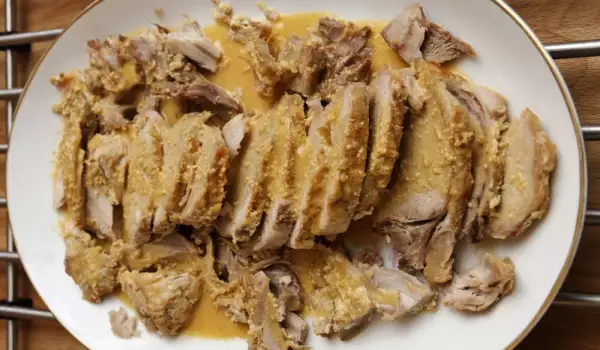

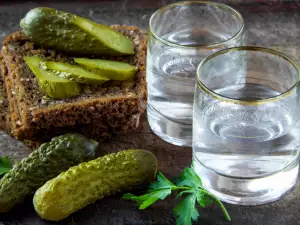
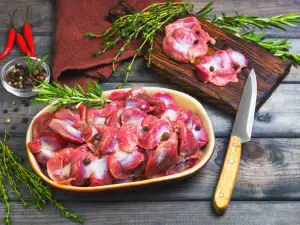

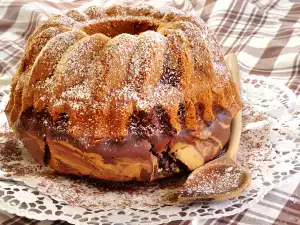
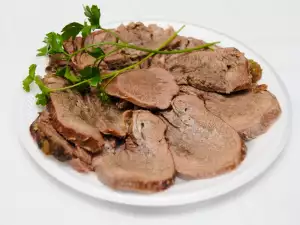
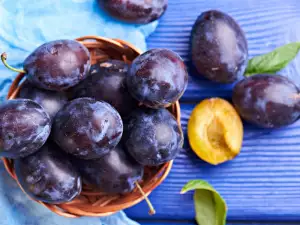
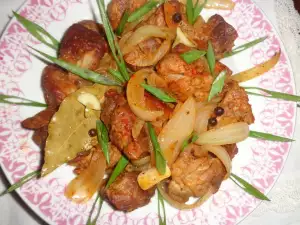

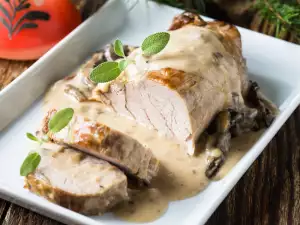



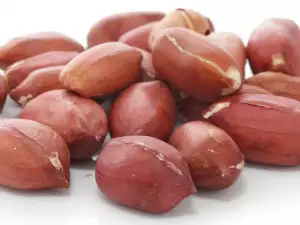
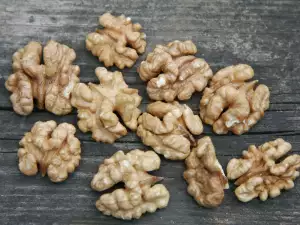



Comments